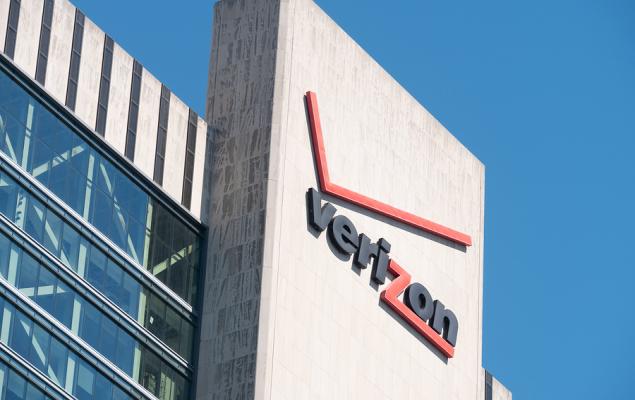U.S. stock markets closed mixed on Monday following a trading session in which major indexes changed little. Concerns related to the Trump administration’s tariff policies and strong second-quarter 2025 earnings results were two opposite forces that kept investors mostly sidelined. The S&P 500 and the Nasdaq Composite recorded new highs while Dow ended in negative territory.
The Dow Jones Industrial Average (DJI) fell 19.12 points to close at 44,323.07 after a choppy session. Notably, 17 components of the 30-stock index ended in negative territory, 12 finished in positive zone and one remained unchanged. At intraday high, the blue-chip index was up 259.66 points. The index is currently 1.7% away from its all-time high posted on December 2024.
The tech-heavy Nasdaq Composite finished at 20,974.17, rising 0.4% due to strong performance of technology bigwigs. This was a new record-high closing for the index. Moreover, in intraday trading, the tech-laden index posted an all-time high of 21,077.37, reflecting the first time the index touched 21,000 this year.
The S&P 500 was up 0.1% to finish at 6,305.60, marking the first closing above the key technical barriers of 6,300 in its history. In intraday trading, Wall Street’s most observed benchmark posted a new all-time high of 6,336.08.
Six out of 11 broad sectors of the broad-market index ended in positive territory while five in negative zone. The Communication Services Select Sector SPDR (XLC) advanced 1.3%, while the Energy Select Sector SPDR (XLE) declined 1%.
The fear-gauge CBOE Volatility Index (VIX) was up 1.5% to 16.65. A total of 19.7 billion shares were traded on Monday, higher than the last 20-session average of 17.7 billion. The S&P 500 registered 17 new highs and 9 new lows, while the Nasdaq posted 97 new highs and 56 new lows.
On July 20, Commerce Secretary Howard Lutnick said on CBS News that the Trump administration will start implementing tariffs from Aug 1. Lutnick said, “That’s a hard deadline, so on Aug 1, the new tariff rates will come in.” However, he also asserted “Nothing stops countries from talking to us after Aug 1, but they’re going to start paying the tariffs on Aug 1.”
The Financial Times reported citing three genuine sources that the Trump administration is negotiating with the European Union (EU) to impose at least 15-20% tariffs in any deal. Earlier, President Donald Trump said that he will impose a 30% tariff on EU if it fails to clinch a deal with the United States before the Aug 1 dateline.
Story Continues
